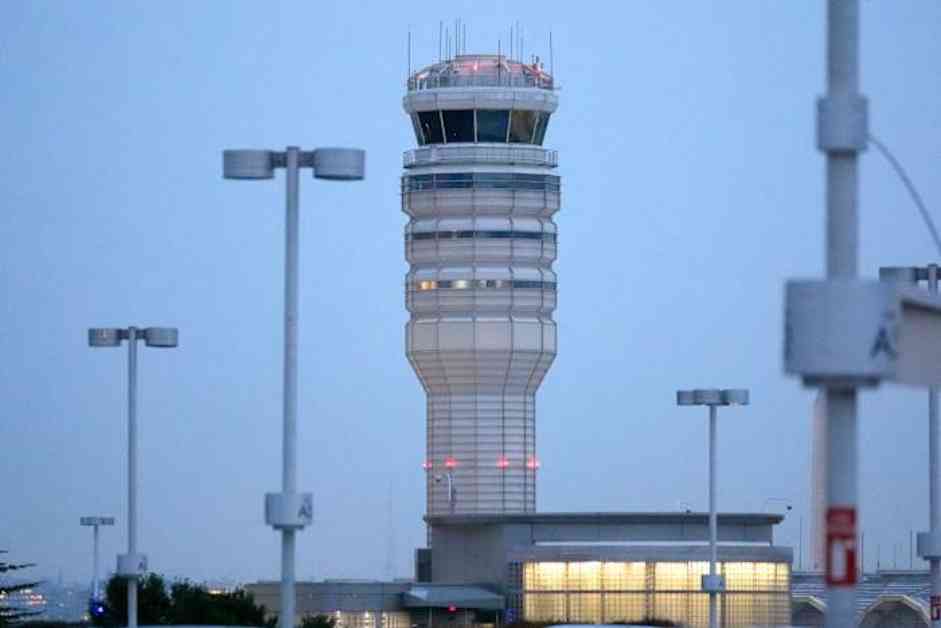In a recent incident at the Marana Regional Airport in southern Arizona, two small planes collided in midair, leading to a tragic outcome for those involved. The collision, which resulted in one plane crashing and catching fire, has raised concerns about air traffic control tower safety measures in the aftermath of the accident. While the circumstances surrounding the incident remain under investigation, experts in aviation safety stress the importance of communication and adherence to established procedures to ensure the safety of pilots and passengers alike.
Expert Insights on Air Traffic Control Safety
The absence of an air traffic control tower at Marana Regional Airport highlights the unique challenges faced by pilots operating in such environments. With only about 10% of public airports in the United States equipped with control towers, pilots at airports like Marana rely heavily on radio communications and the principle of “see and avoid” to navigate safely through the airspace. According to Mike Ginter, a retired Navy aviator and senior vice president of the Aircraft Owners and Pilots Association’s Air Safety Institute, pilots are trained to prioritize safety and vigilance from the moment they begin their aviation journey. This emphasis on safety is fundamental to the success of the aviation industry, despite the lack of control towers at certain airports.
Ginter compares the safety protocols followed by pilots to the rules of the road for drivers, emphasizing the importance of situational awareness and adherence to established guidelines. Just as drivers instinctively check their surroundings and use turn signals to navigate traffic, pilots are trained to maintain visual contact with other aircraft and communicate effectively to avoid potential collisions. This proactive approach to safety has proven effective, given the significant volume of air traffic handled by general aviation pilots on a daily basis.
Historical Perspective and Future Planning
The history of air traffic control regulation in the United States traces back to a tragic event in 1956, when two commercial flights collided over the Grand Canyon, resulting in the loss of all passengers and crew on board. This devastating incident served as a catalyst for the establishment of the Federal Aviation Administration (FAA) and the implementation of modernized air traffic control systems to enhance safety and efficiency in national airspace. Over the years, the FAA has continued to evolve its practices and infrastructure to meet the growing demands of the aviation industry.
As part of ongoing efforts to improve air traffic control capabilities, airports across the country have the opportunity to apply for federal grants to upgrade or construct new control towers. With nearly 180 airports eligible for funding under the program, initiatives are underway to enhance existing facilities and address the need for modernization in the aviation sector. Projects in cities like Bend, Oregon; Boulder City, Nevada; and Mankato, Minnesota, reflect the commitment to advancing air traffic control technology for safer skies.
Amidst discussions about federal job cuts and their potential impact on air traffic safety, the aviation industry remains focused on prioritizing the well-being of passengers and personnel. President Donald Trump’s recent directive to assess aviation safety in the wake of a tragic midair collision underscores the importance of continued vigilance and investment in critical air traffic control technology. As stakeholders collaborate to address challenges and bolster safety measures, the future of air travel holds promise for enhanced efficiency and security in the skies.
In conclusion, the recent collision at Marana Regional Airport serves as a poignant reminder of the importance of robust air traffic control measures in safeguarding the aviation community. By leveraging expert insights, historical context, and future-oriented planning, stakeholders can work together to strengthen safety protocols and promote a culture of excellence in the skies. Through ongoing collaboration and commitment to best practices, the aviation industry can navigate challenges and chart a course towards a safer and more efficient airspace for all.















